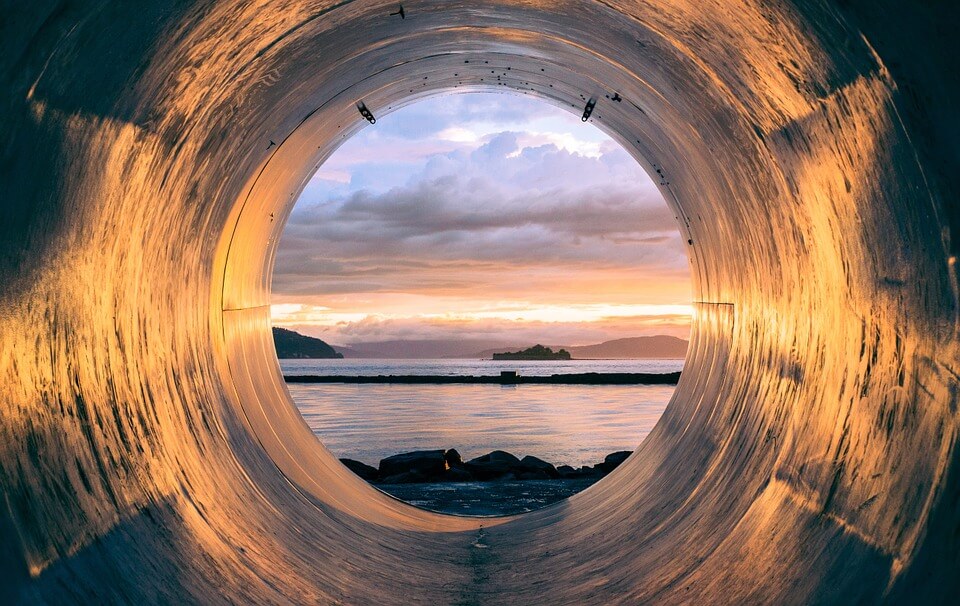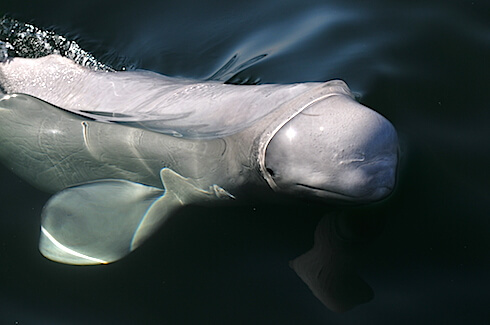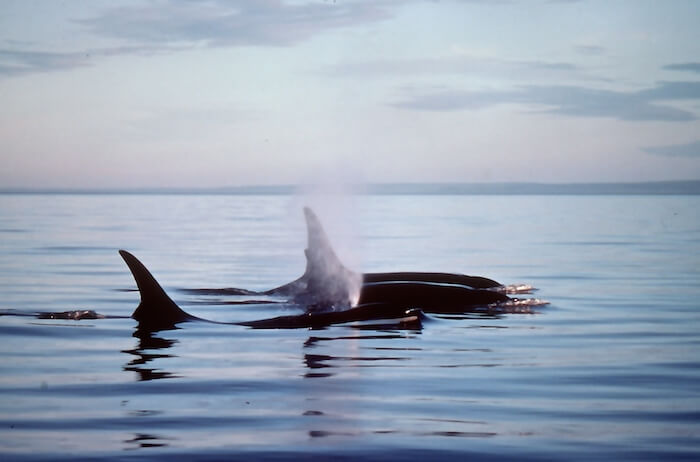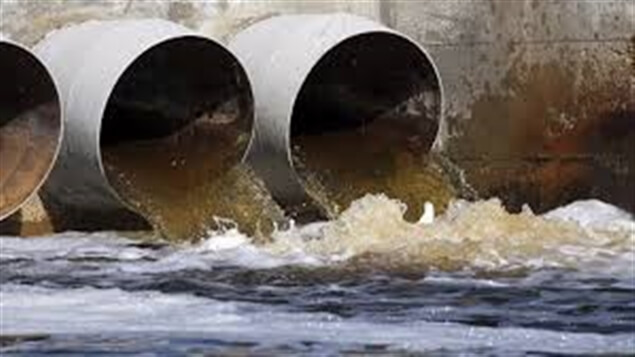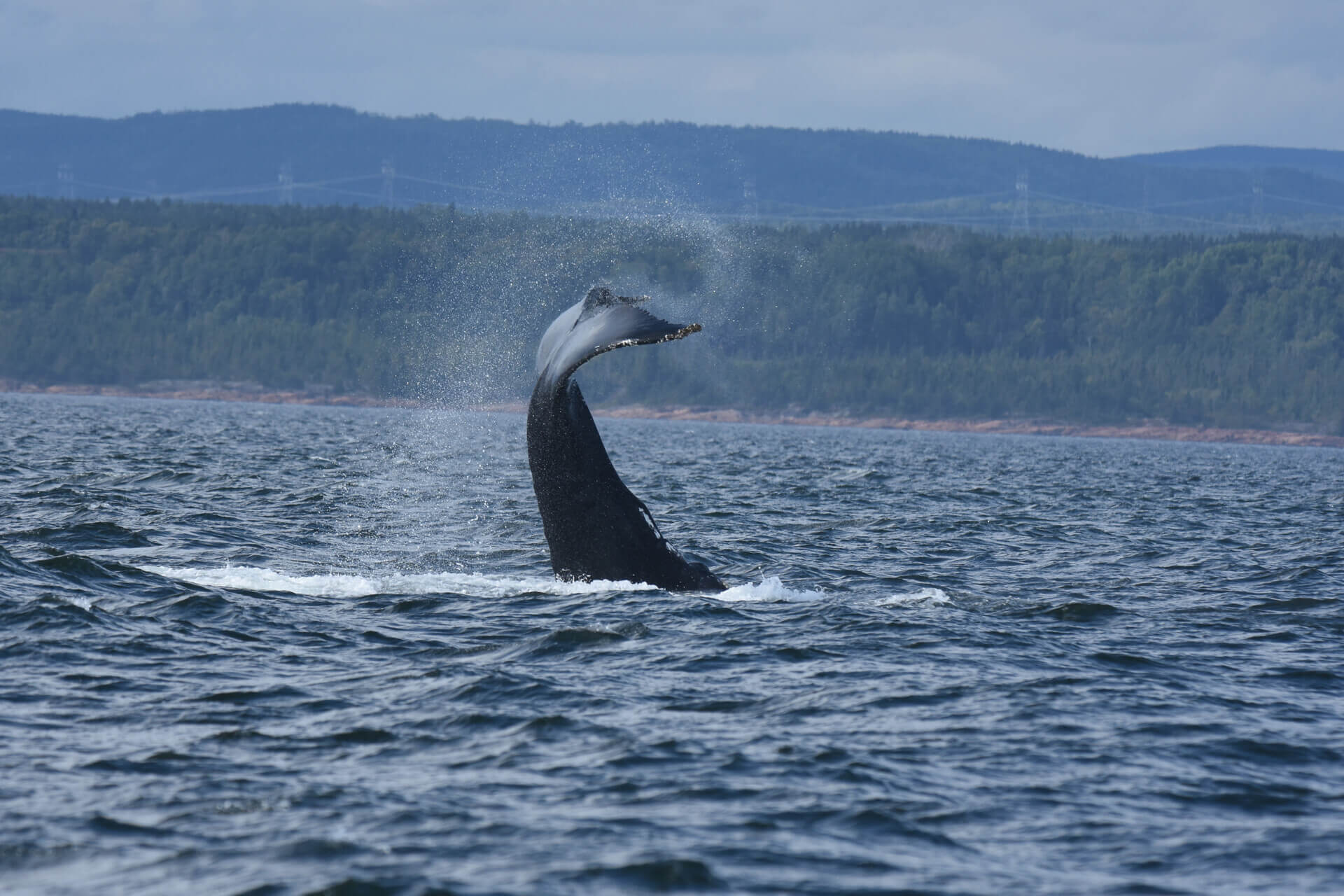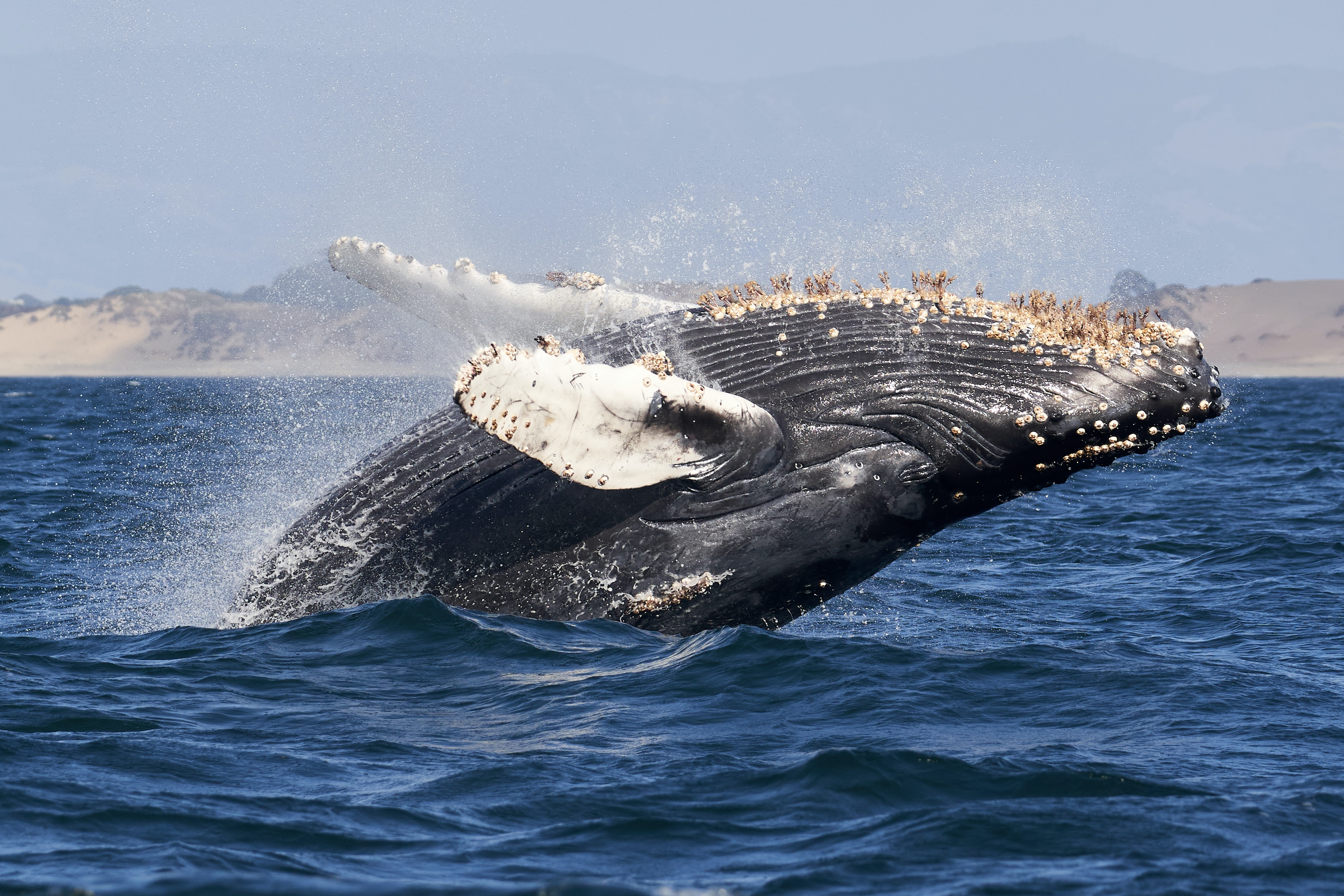By Maureen Jouglain
The Montréal region alone produces 2/3 of the wastewater in Quebec. The province’s second most densely populated city, Québec City, also discharges its wastewater into the St. Lawrence. Most water treatment plants, including the one in Montréal, do not carry out tertiary treatment, i.e. they remove large waste and particulates but do not disinfect water. As a result, these facilities continuously release the majority of pharmaceutical products (antibiotics, analgesics, antidepressants, anovulants, etc.) and no system is in place to reduce pathogens, viruses, parasites and bacteria. According to the David Suzuki Foundation, more than 200 synthetic chemical compounds have been identified in municipal effluents in Canada. What happens to these contaminants once they reach the river? Are they carried to the Estuary and the Gulf? And even if no whales live in the metropolitan area, does wastewater have an impact on them?
Fate of contaminants along the river
According to Émilien Pelletier, Research Chair in Molecular Ecotoxicology in Coastal Areas, the distance between major points of discharge and whale habitat is so great that it is virtually impossible to establish a direct link between the two. Moreover, because the St. Lawrence is a rather powerful river, the dilution factor is considerable. But the path of the contaminants is not linear. For example, it is known that particulate matter, which refers to any solid material between 1 micron and 1 centimetre, tends to settle and carry certain contaminants with it. While the journey of this toxic waste initially seems to be of short duration, it can be stirred up again or consumed by an organism, thus entering back into circulation. From the moment a contaminant enters the environment, its fate is uncertain. It may be quickly transported into the ocean, lying for years at the bottom of the St. Lawrence, before being stirred up again by a period of particularly heavy rains.
Are whales at risk?
It is not easy to establish a direct causal link between wastewater discharges from large cities and the health of whales. However, a number of anthropogenic pollutants can be found in whale carcasses. This is particularly the case for flame retardants, which are prevalent in St. Lawrence belugas. How can we explain this phenomenon? Jonathan Verreault, professor at the Research Laboratory in Environmental Toxicology (TOXEN) at the Université du Québec à Montréal (UQAM), explains that despite the significant dilution of these molecules, they end up accumulating in the environment and in organisms. For example, products that have been prohibited since 2006 are still present in species of the St. Lawrence.
Indeed, these numerous inputs have an impact throughout the food chain. As one moves up the trophic levels of the food chain, the effects are amplified, particularly in marine mammals that are subject to bioaccumulation. Among other things, this is due to their thick layer of fat that allows hydrophobic contaminants to accumulate. Belugas are the most affected species since they reside in the St. Lawrence year-round and are therefore more exposed to pollutants than species that visit the river only in the summer.
With regard to the proliferation of bacteria, viruses and other pathogens of human origin, Émilien Pelletier is quick to point out that they are more rare due to the properties of the water in the Estuary and the Gulf (much higher salinity and lower temperatures). For organisms adapted to body temperatures in the order of 30 degrees, transitioning to the marine environment is a real shock, which in most cases proves to be fatal. A study published in March 2017, however, revealed a possible transmission of pathogens from one environment to another. Bacteria commonly found in humans have been found in the breath of a killer whale population in the Salish Sea off the coast of British Columbia. Discharges from the nearby city of Victoria, which are released without undergoing any particular treatment, were identified as a potential cause of this discovery.
It should also be mentioned that many municipalities along the Estuary have no water treatment system either. Could this be having an impact on whales? Émilien Pelletier is not convinced: “as opposed to that of the St. Lawrence, the low volume of these discharges means that their effects are barely noticeable.” For Jonathan Verreault, “effluents from the Great Lakes and the Montréal region remain the main source of toxic waste entering” the St. Lawrence.
What about "flushgate"?
In October 2015, the city of Montréal discharged 5 billion litres of wastewater into the river. Could this spill be having an impact on whales? And could it be a cause of the right whale mortalities? Probably not. Samples have revealed immediate effects from east of Montréal Island to Lac Saint-Pierre, but not any farther downstream. The fecal coliform ratio, used as an indicator of organic pollution, increased significantly north of Île Saint-Thérèse and near Pointe-aux-Trembles, while remaining unchanged at Bécancour. Between these two sections of the river, Lac Saint-Pierre is believed to act as a natural filter, such that water quality in Québec City is not altered. It is therefore impossible to establish a direct link between “flushgate” and the series of right whale mortalities in the Gulf of St. Lawrence this summer.


